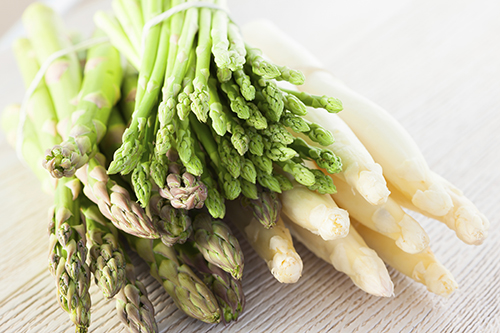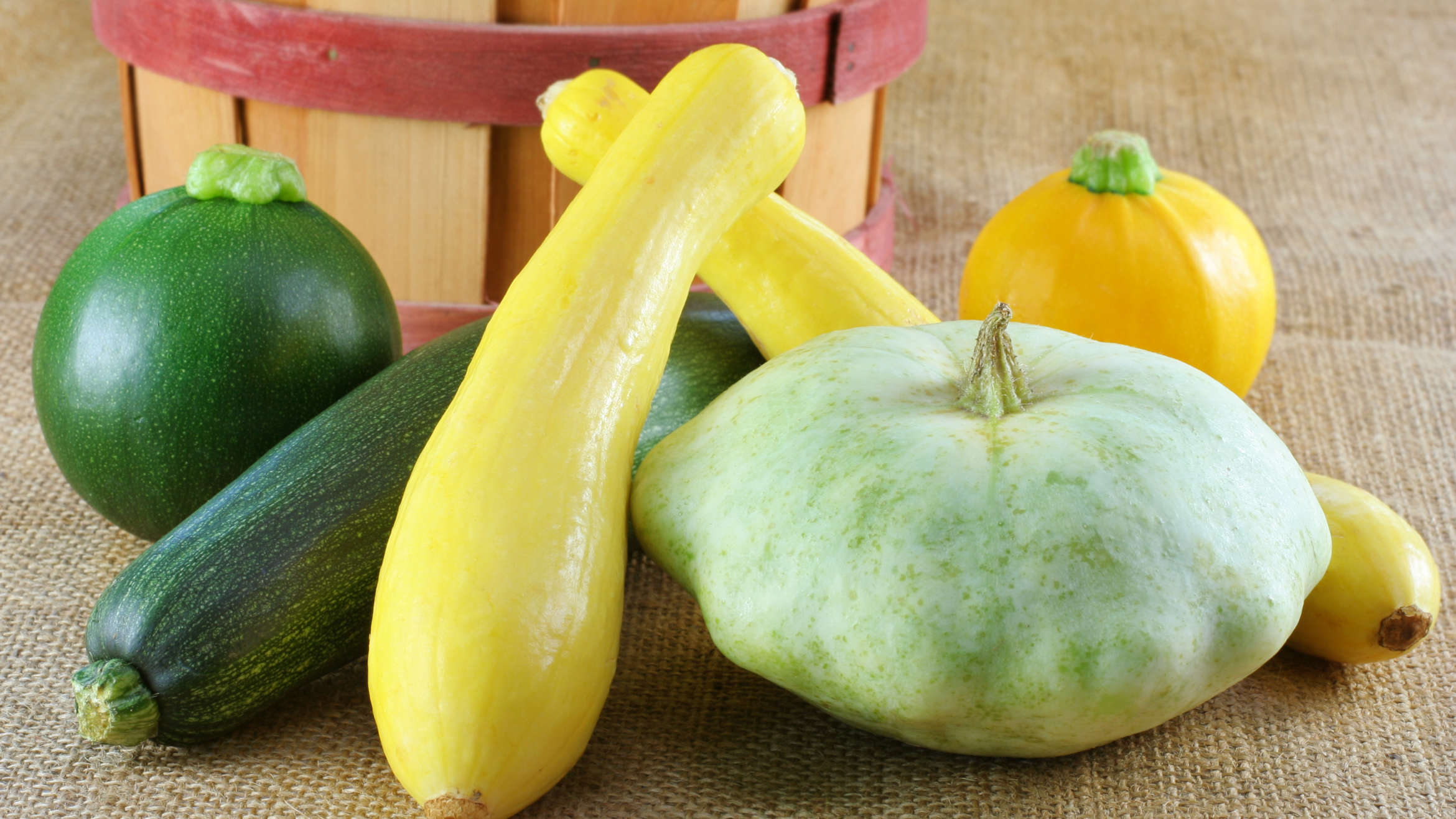As part of fruits and veggies month, Thrive! is featuring fruit and veggies each week. This week and the final vegetable being featured is asparagus. A whopping 90 percent of adults and children don’t get enough fruits and veggies, so add this one to your shopping list this week!
HISTORY
Asparagus has been enjoyed all around the world for over a millennium. This spring/summer veggie was known to have been eaten by Ancient Egyptians as many as 20,000 years ago, and Rome’s first emperor, Augustus, employed an entire group of ships to transport huge shipments of it.
Many people will tell you that even though Asparagus can be found in grocery stores year round in America, it’s much tastier when grown locally and in the spring/summer.
France’s King Louis XIV had special greenhouses built to grow the delicacy year round, the Romans were known to freeze it in the Alps and both they and the Greeks apparently dried it for off-season.
FUN FACTS
[list icon=”icon: check-square-o” icon_color=”#d81c5c”]
- The annual, British Asparagus Festival was cancelled this year due to an especially light harvest maybe because of the warmer climates and floods in April.
- Luckily for people up in Washington State, because there is no such shortage and in fact, farmers there are enjoying a heavier crop this year.
- Asparagus is known to have a certain effect on people after consuming it, and a lot of research has gone into this topic over the years whether it affects the urinary scent of everyone who eats it and whether or not everyone can detect the odor (some studies have shown people not being able to smell the scent).
[/list]
Check out these additional fun facts about asparagus from the Modern Farmer.
SEASON
Before the month ends hurry to get some tasty Asparagus because come July they are not in season any more. Asparagus season generally runs from April to mid-June and sometimes into July in northern parts of the US and it starts earlier in more southerly climates like in California it can start in February.
ATTRIBUTES
Asparagus most commonly come in the color green but there are a wide range of shades from light to medium green, with dark or purple tips. They vary in width and length but tends to be sold at around 8-10 inches. The flavor or an asparagus is mildly sulphuric, mostly sweet and slightly nutty.
WHAT YOU SHOULD LOOK FOR
When shopping for asparagus look for the thinnest stalks possible. These tend to be the most tender and always steer clear of the limp and the wilted asparagus. Go for the closed tips. It’s also important to check the fresh scent of this vegetable and make sure it doesn’t give off a musty smell, if so pass.
If you’re at a grocery that sells them in bunches then look for the bunch that is uniform in width
NUTRITION
Like all vegetables you can’t go wrong with nutrition! Asparagus are a so good for you and are a great source of folate, Vitamin C, potassium, inulin (a prebiotic known to help with digestion), antioxidant and anti-inflammatory properties and possibly some anti-cancer effects.
If that doesn’t sell you on this healthy treat than maybe knowing that it has been used medicinally as a laxative, and its cooking water has been used as a wash to treat acne will.
STORAGE
Asparagus unfortunately do not last long after buying them. Try to eat them as soon as possible after purchase.
If you must let them sit for a night or two you can preserve them by trimming the ends of the stalks and standing the bunch, still bound together, in a cup of water in the refrigerator.
HOW TO ENJOY
When preparing your asparagus to cook or eat it isn’t necessary to peel them but do trim the end of each spear.
When cooking asparagus it is important to not over cook it. It can be cooked raw, shaved, or sliced quite thin, steamed or roasted or grilled, which can enhance the nutty flavor.
Check out these:



